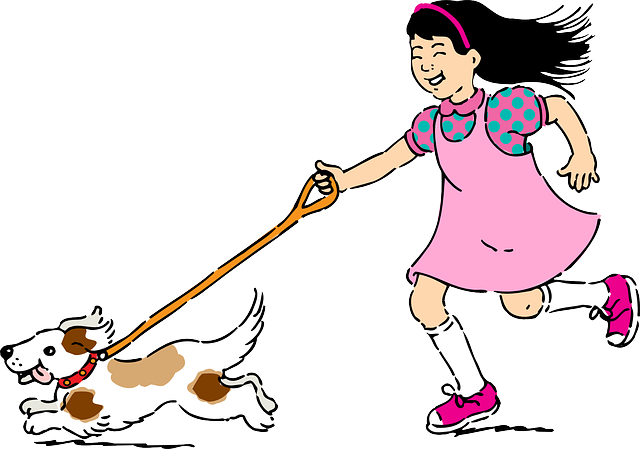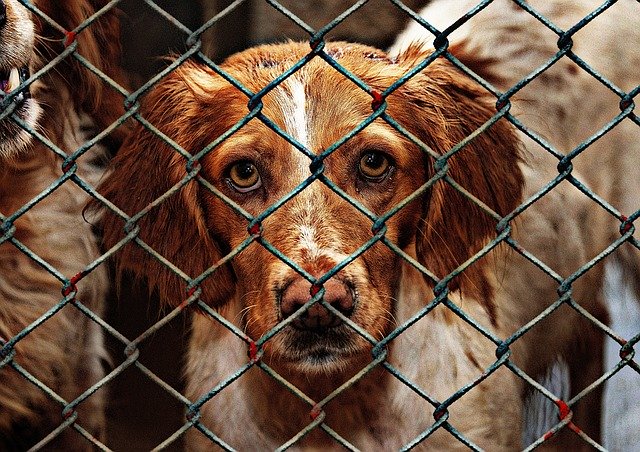Are you thinking of getting a dog? If so, you may be wondering which type of dog is right for your family. There are many different types of dogs available from rescue organizations, and each one has its own personality and set of needs. In this blog post, we will discuss 10 ways to pick the perfect rescue dog for your family. We will also cover the benefits of adopting a rescue dog and dispel some common myths about them. So whether you’re just starting your search or you’re already familiar with rescue dogs, this post is for you!
How to pick the right rescue dog for your family
There are a few things to consider when choosing a rescue dog for your family. The first is size. How big of a dog do you want or need? Some families prefer smaller dogs that can be easily carried, while others might want a medium-sized dog that can still fit in the car. Another thing to think about is energy level. Do you want a dog that will be calm and relaxed, or one that is full of energy and always on the go?
Once you have an idea of the size and energy level you are looking for, it’s time to start thinking about specific breeds. Some popular family-friendly breeds include golden retrievers, Labrador retriever, border collies, and poodles. But there are many other breeds to choose from, so do some research and find the one that is right for you.
When you have narrowed down your choices, it’s time to start looking for a rescue dog that fits your criteria. The best place to start is with your local animal shelters or rescue organizations. They will have a variety of dogs available, and you can often meet them before you make a decision. This is a great way to get to know the dog’s personality and see if they are a good fit for your family.
Another option is to search online for rescue dogs in your area. There are many websites that allow you to search for adoptable dogs by location, breed, or even specific keywords. This can be a great way to find a specific dog that you are looking for.
Once you have found a few potential rescue dogs, it’s time to meet them and see if they are the right fit for your family. Spend some time playing with the dog and see how they interact with your children. If you have other pets, introduce them to the dog and see how they get along. And finally, make sure you are prepared to commit to taking care of a rescue dog before you bring them home. They will need plenty of love and attention, and you should be prepared to provide that for them.
Adopting a rescue dog can be a rewarding experience for the whole family. Not only will you be giving a dog in need a loving home, but you will also be getting a loyal friend and companion. Rescue dogs make great pets, and with proper care and training, they can become an important member of your family. So if you are thinking about getting a dog, consider adopting a rescue dog. You won’t be disappointed.
Rescue dogs: why they make the best pets
Rescue dogs are some of the most loyal, loving, and grateful pets you will ever find. They have been through so much in their lives, and they appreciate everything you do for them. They are also great for families because they are usually very patient and good with children.
There are many benefits to adopting a rescue dog, but here are just a few:
- They are grateful for everything you do: Rescue dogs know that they have been given a second chance at life, and they appreciate everything you do for them. They will be loyal and loving companions that are always grateful for your love and attention.
- They make great family pets: Rescue dogs are usually very patient and good with children. They have often been through a lot in their lives, so they know how to deal with stressful situations. This makes them ideal pets for families with young children.
- They are unique: Because rescue dogs have often been through so much, they each have their own unique personality. This means that you are sure to find a rescue dog that is perfect for your family and lifestyle.
If you are thinking about getting a dog, consider adopting a rescue dog. You won’t be disappointed. They make great family pets and will be loyal, loving companions that appreciate everything you do for them. So what are you waiting for? Go out and adopt a rescue dog today!






